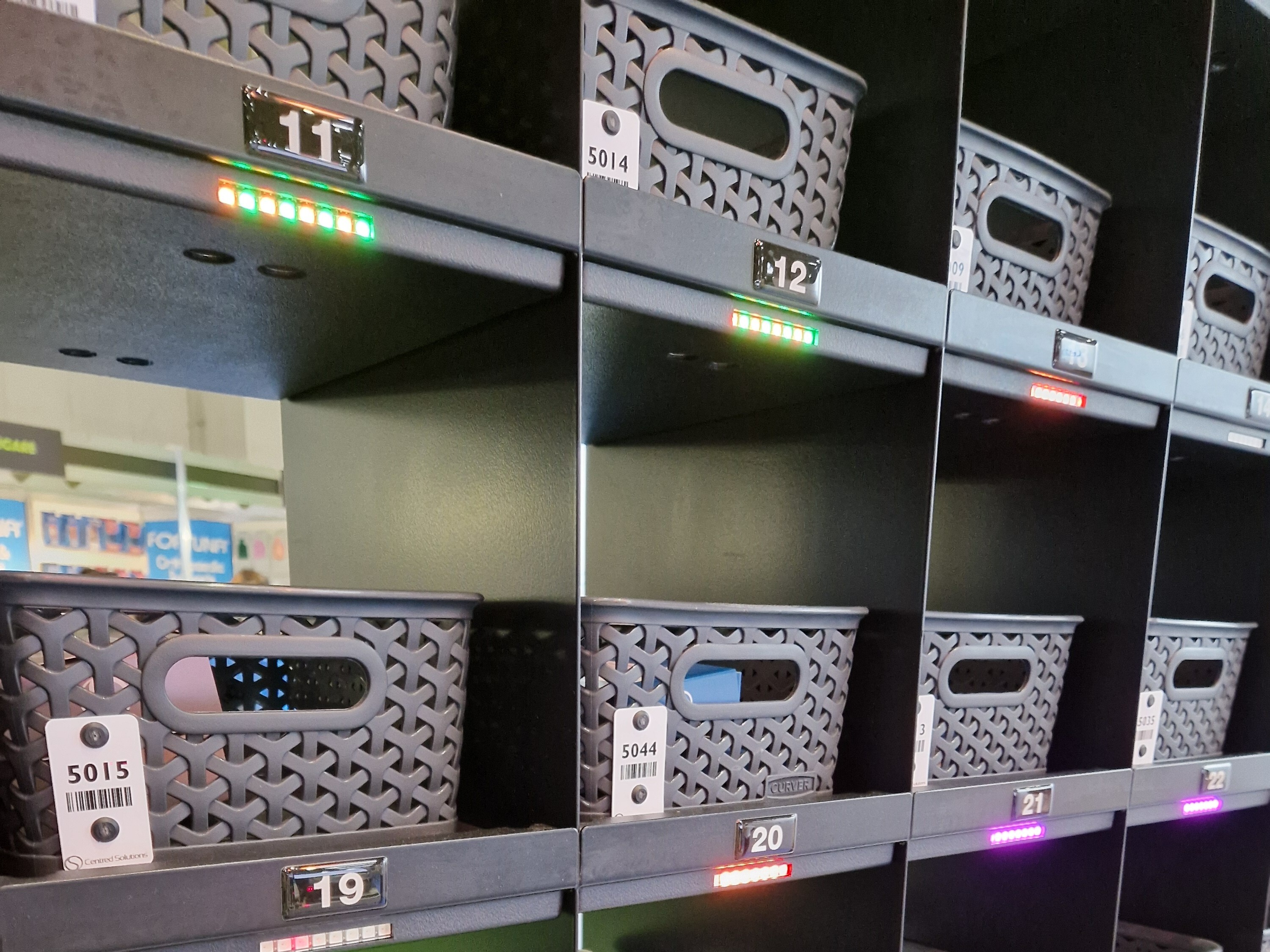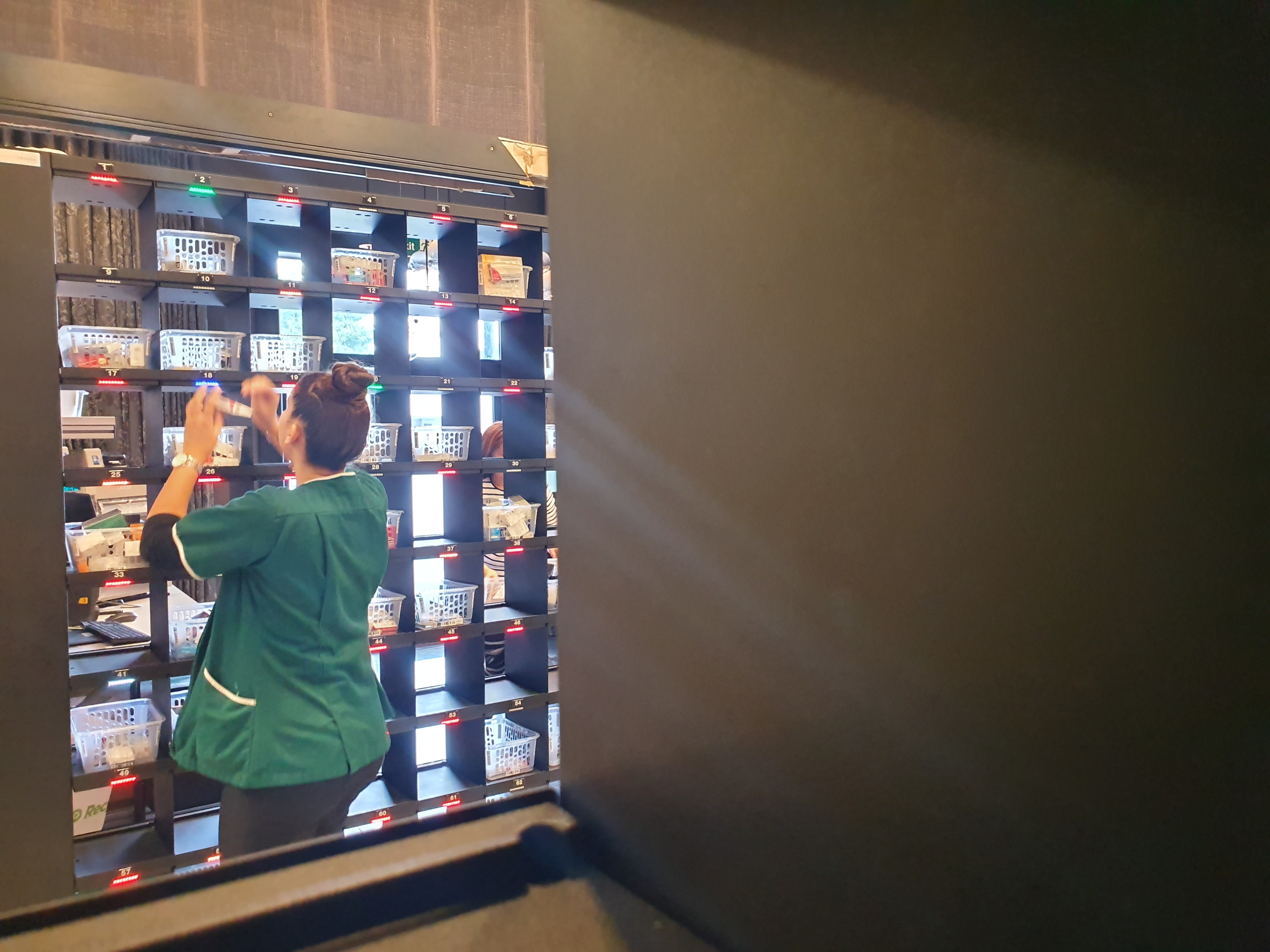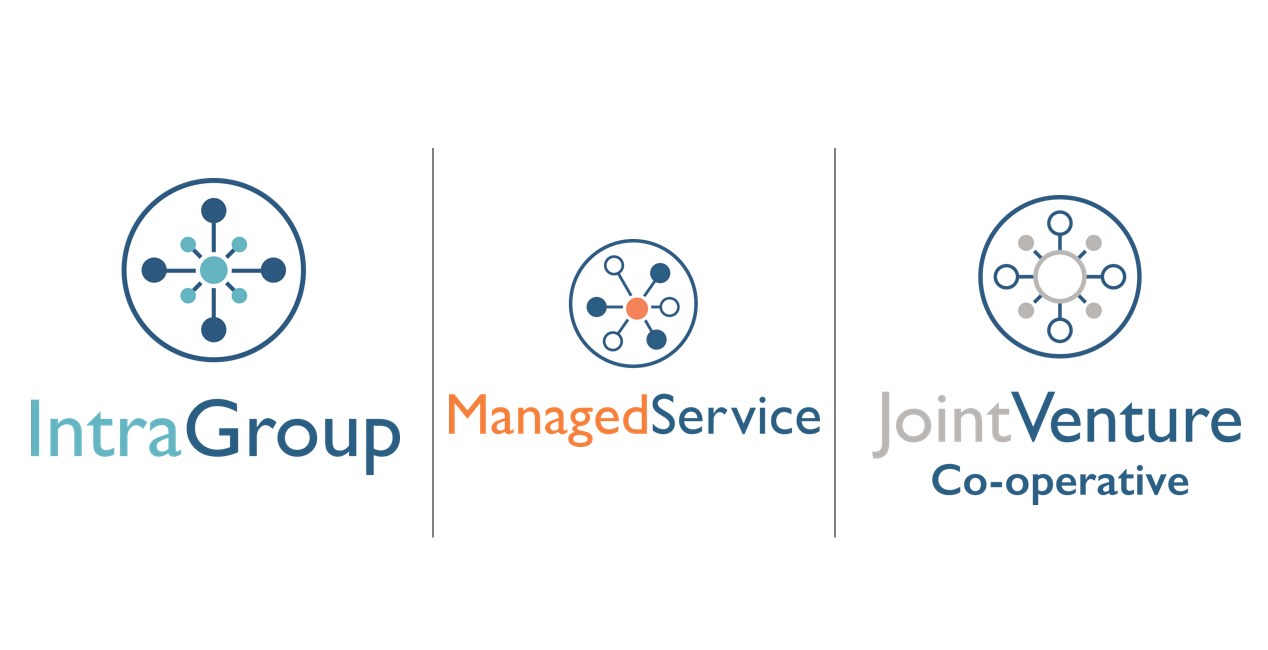Community pharmacy is currently encountering a number of obstacles that threaten their ability to deliver optimum patient care. Pressure within the workforce lies at the heart of these challenges. In our latest blog, Sales and Marketing Director, Louise Laban, looks at how a service-based pharmacy delivery model could help to relieve some of these workforce pressures.
The landscape of community pharmacy in England seems to be ever-evolving right now. Changing healthcare policies, flat line funding for five years and the increasing demands of an ageing population are taking its toll on the pharmacy workforce. These challenges come in many guises including issues related to recruitment and retention, workload pressures, a skill mix imbalance, a lack of training and professional development, as well as the migration to primary care networks.
A survey published by the Royal Pharmaceutical Society earlier this year – the “4th annual workforce and wellbeing survey” revealed 73% of the pharmacy workforce has considered leaving their role in the profession entirely. The same survey revealed 88% of respondents were at risk of burnout. It said that the top factors for poor mental health at work were inadequate staffing (70%) lack of work-life balance (53%). Increasing patient volumes, expanding roles and responsibilities and administrative burdens are all contributing to the strain experienced by the pharmacy workforce.
The issues of skill mix and adequate staffing within pharmacy are two of the biggest factors impacting community pharmacy right now and they need addressing urgently before valuable talent is lost from the sector. Community pharmacies up and down the country must start looking at how they recruit and retain pharmacists and their teams, and this includes how they compete with the often more desirable and less pressured roles available within primary care networks.
Evidence for the wider NHS has shown that staff who are engaged and happy in their jobs, respected and given opportunities to learn, provide better care for their patients. An improved work environment can also have a positive impact on staff retention and sickness rates. Based on this evidence alone, pharmacies that free up time to move to a more service-driven model are more likely to have engaged staff. Staff in branches that offer the opportunity to do more than simply dispensing medication offer employees improved and rewarding career pathways.
The delivery of new and additional services will require training for pharmacy teams. This gives staff the opportunity to learn new skills and shows an investment in their ongoing professional development. Offering a range of services will ensure staff have a more varied role which makes the best use of their clinical and customer service skill set. Optimising the allocation of roles and responsibilities within the pharmacy team is essential for maximising efficiency, ensuring appropriate patient care, and fostering professional growth.
Don’t just take my word for it. A case study at one of our customer sites using a FLOWRx hub and spoke solution found that their pharmacists and teams tended to stay with them longer. They could see the business was investing in them and were able to spend more time with patients.
The pharmacy group uses the whole pharmacy workforce to deliver different services. For example they have trained all their pharmacists PLUS two key members in each branch to be phlebotomists because this means when the pharmacist is busy providing clinical care, those additional staff can provide the phlebotomy service. This means that staff across the whole branch feel equally valued and as important and it is a great use of the skill mix within the pharmacy.
Another FLOWRx customer explained how implementing hub and spoke meant they had managed to retain their locum pharmacists because they preferred working in their branches because they are perceived as “luxury” compared to traditional manual dispensing pharmacies. In addition, staff in the branch now have the time and space to process all the other things they need to do. By moving to a hub and spoke automated model, the group has noticed the improvement in capability across all stores which has really helped boost team morale and maintain their excellent workforce.
Pharmacy bodies have called for increased investment to help tackle the workforce challenge for a couple of years now, but funding has not been forthcoming. There have also been discussions around improved collaboration across primary care and improved promotion of pharmacy as a career with incentives for undergraduates to study pharmacy. None of these solutions are a quick fix. With no clear plan or timeline in place to address the issues, there is one option that is available to pharmacies right now. That solution is moving to a service-driven pharmacy model which is only possible by removing the bulk of dispensing from their branches. Automating the original pack dispensing process is a solution that could not only address workforce shortages by freeing up staff time, it could also improve staff satisfaction and retention rates by allowing pharmacists to practice at the top of their clinical licence.
If you are interested in finding out more on this topic or the services you can offer then why not download our new services white paper or visit our services calculator.





